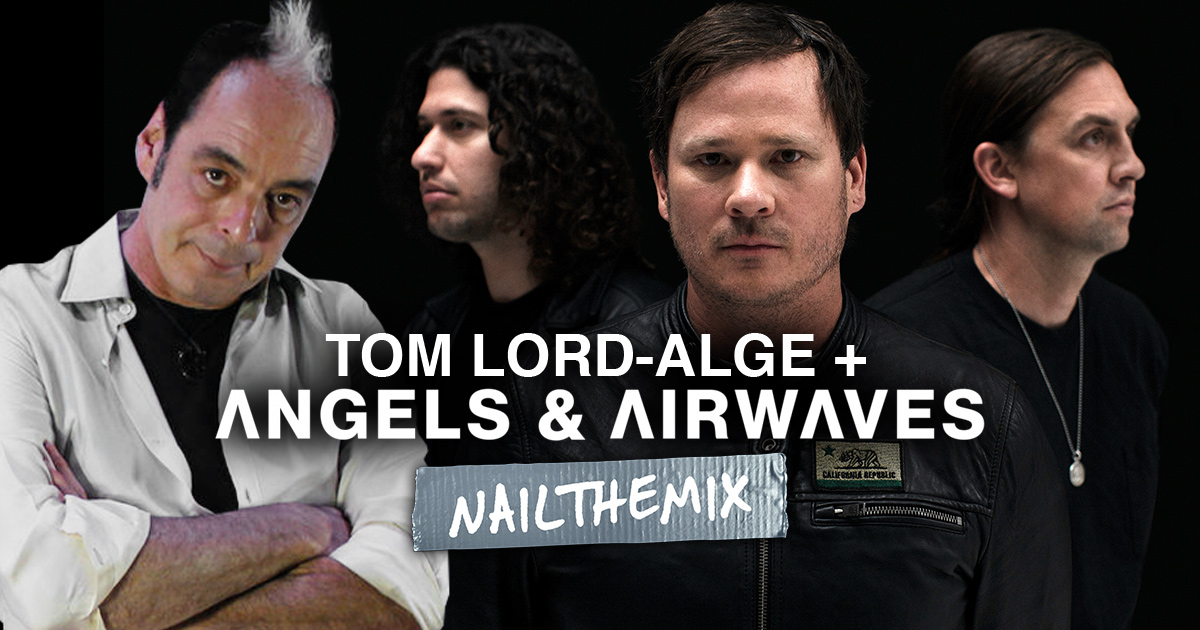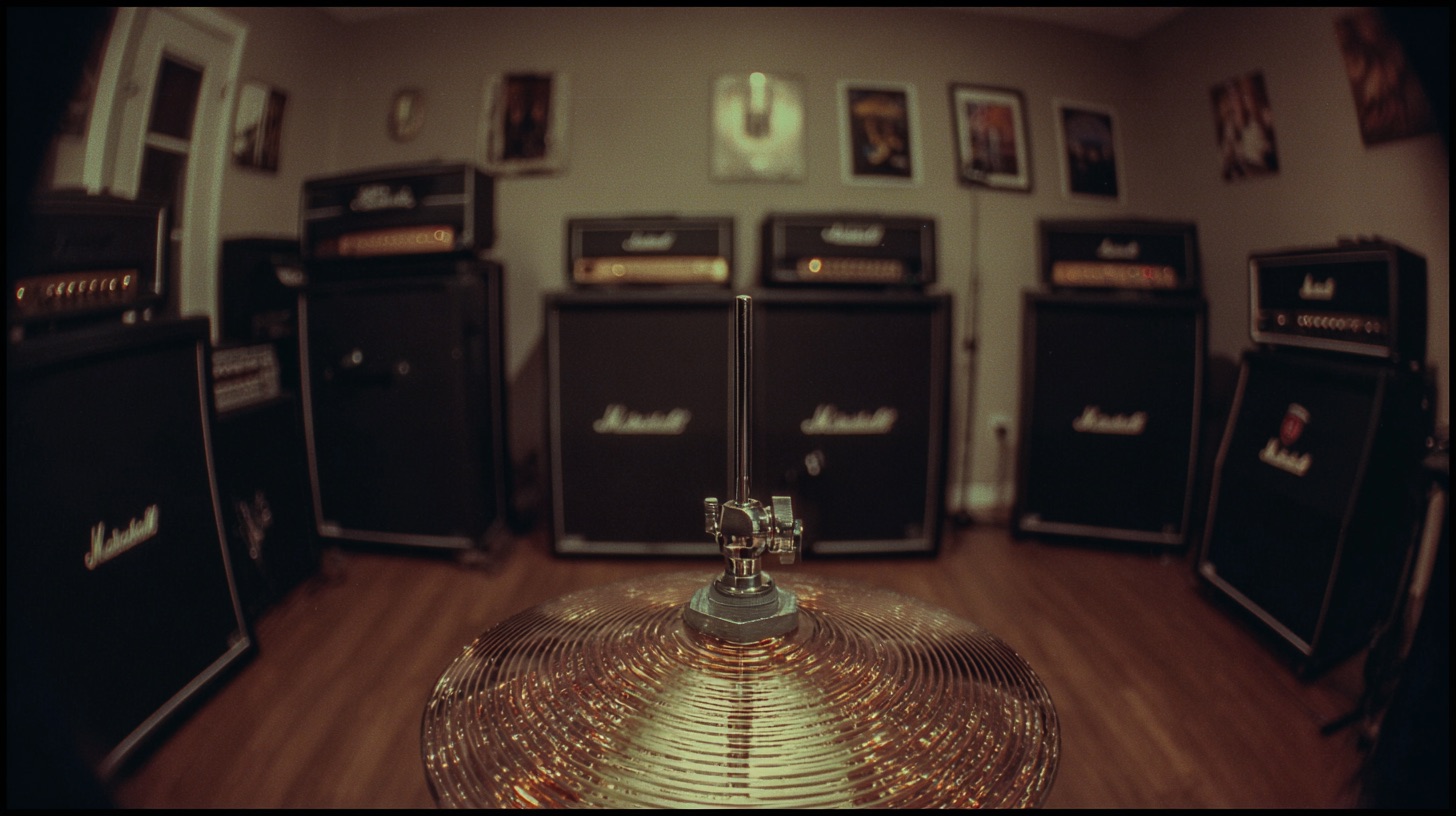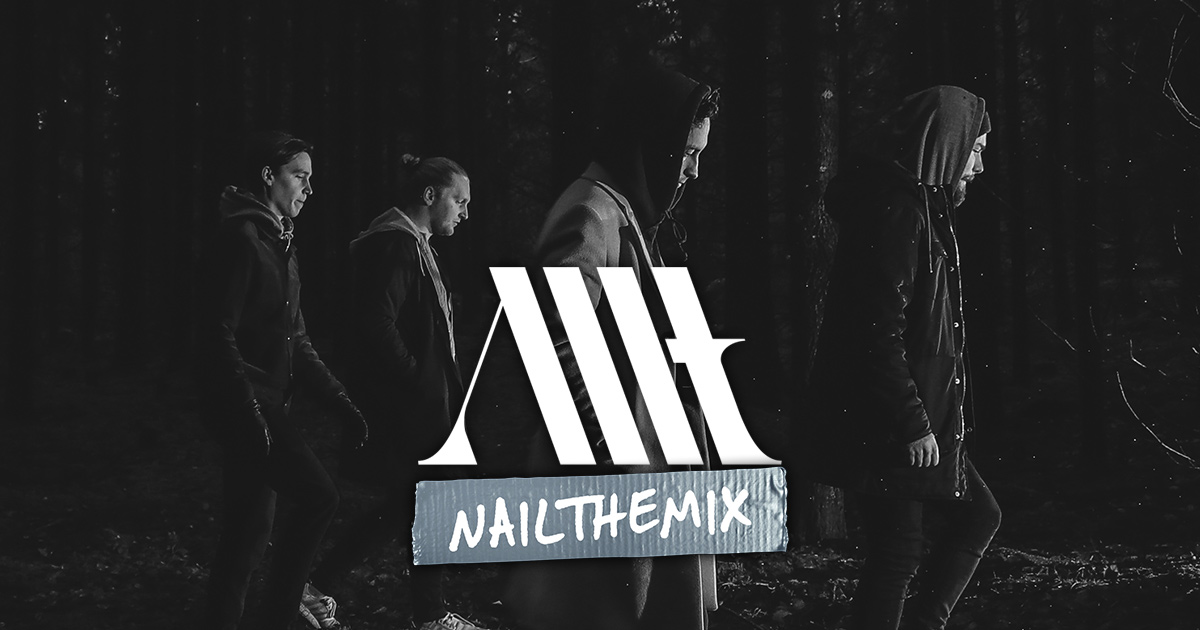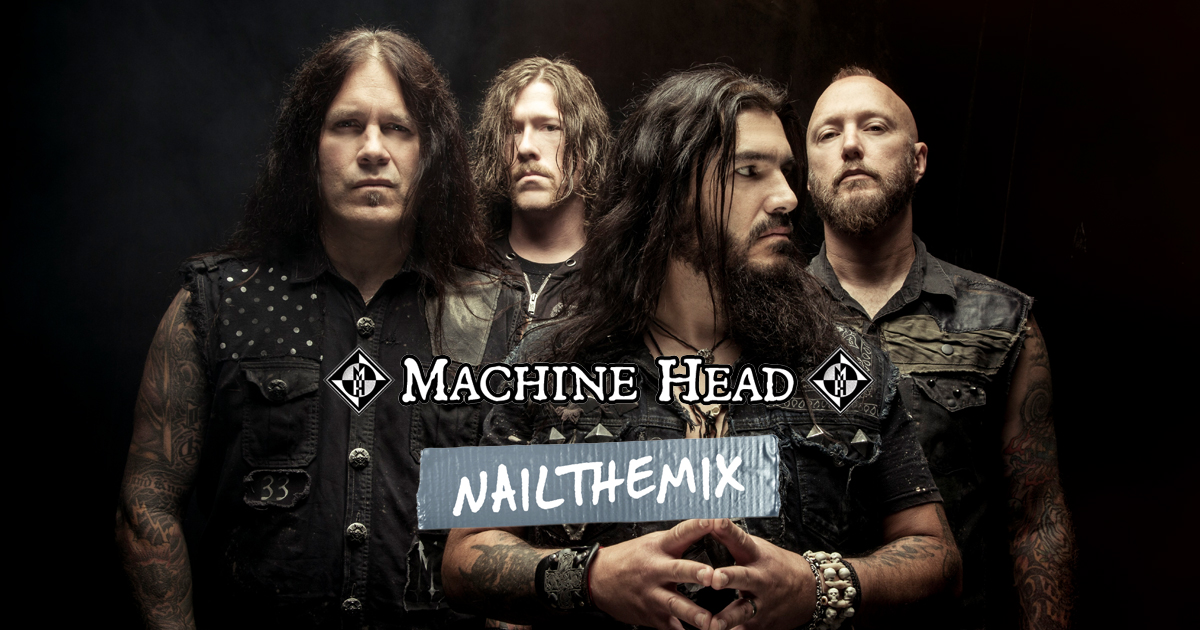
Crafting Tom Lord-Alge’s Angels & Airwaves Bass Sound
Nail The Mix Staff
Let’s be honest, getting bass to sit perfectly in a dense, modern rock mix is a constant battle. You want it to have weight and low-end authority, but it also needs to cut through walls of guitars and punchy drums without turning into a muddy mess. The iconic, driving bassline in “The Adventure” by Angels & Airwaves is a masterclass in achieving exactly that.
So how did legendary mixer Tom Lord-Alge craft that perfect bass tone? Lucky for us, TLA himself broke down his exact process, and it’s packed with aggressive, creative, and deceptively simple tricks you can apply to your own mixes. Forget what you think you know about subtle moves—this is about making bold choices that serve the song.
Building the Core Bass Tone: DI, EQ, and Saturation
Many producers spend ages blending DI and amp signals, but TLA often simplifies the process by choosing the one that feels right. For “The Adventure,” he ditched the amp track and built his entire foundation from the direct input (DI) signal. While the original DI was solid, he couldn’t leave well enough alone and put his signature spin on it with a powerful processing chain.
The “Subtle” 21dB EQ Boost
To get the bass to grind and cut, TLA reached for the Avid Focusrite D2 plugin and applied a massive amount of equalization. We’re talking a combined total of 21dB of boost, focused on carving out the frequencies that would give the bass its aggressive character and upper-midrange snarl. This is a perfect example of why you shouldn’t be afraid to make extreme EQ moves if the source material calls for it. The goal wasn’t just to balance the tone, but to fundamentally reshape it before adding distortion.
Add Grit with Saturation
With the EQ’d signal primed and ready, TLA sent it straight into the Avid Lo-Fi plugin. By running it in “Saturation” mode, he added a layer of harmonic distortion that brought the bass to life, giving it the growl and presence needed to compete with the other instruments. He then finished the chain with another touch of EQ on the way out.
This EQ -> Saturation -> EQ chain is a classic trick for shaping distorted tones, allowing you to control which frequencies get overdriven and then tame the result afterward.
Taming the Noise on Sustained Notes
There’s a catch to using this much gain, EQ, and saturation: it dramatically raises the noise floor. On long, sustained notes, you’ll suddenly hear a rush of hiss and noise from the original recording. So, what’s the pro solution?
The Automated Filter Trick
Instead of gating the note or putting a clumsy fade on it, TLA used a brilliant piece of automation. On the final sustained bass note of a phrase, he automated a low-pass filter to slowly sweep down, filtering out the high-frequency hiss. This is done musically, so the listener doesn’t notice the top-end disappearing. The result? You get rid of the annoying noise while keeping the powerful low-end sustain of the note intact. This technique is a lifesaver and works wonders on noisy, high-gain guitars, too.
Going Bigger in the Chorus with Parallel Distortion
Even with his carefully crafted aggressive tone, TLA felt the bass needed more horsepower to drive the choruses. The solution wasn’t to tweak the main track but to add another layer entirely.
Creating the “Big, Fat, and Ugly” Track
TLA duplicated the bass track and ran it through an IK Multimedia AmpliTube 4 preset for a sound he described as “big, fat, and ugly.” This heavily distorted parallel track provides extreme growl and aggression. Crucially, he didn’t leave this track on for the whole song. He automated its volume so it only comes in during the choruses, tucked just underneath the main bass. This adds an explosion of energy and definition right when the song needs it most, helping the bass cut through the wall of sound without cluttering up the verses.
Sectional Mixing and Adding Character
A great mix breathes with the song. TLA demonstrates this by creating unique processing for different sections, ensuring the bass always serves the arrangement perfectly.
Dialing It Back for Quieter Sections
The main aggressive bass tone was perfect for the full-band sections, but it was too much for the sparser buildup leading into the bridge. For this part, he cut the main bass track and used a separate, cleaner version. By creating a custom chain for this section, he allowed the bass to sit back and support the arrangement dynamically, proving that one static setting rarely works for an entire song.
Using Modulation and Compression for Effect
In another section where the bass plays a high octave line, TLA wanted to add some special character. He first ran the part through a vibrato plugin to give it a unique wobble and vibe. Then, to give it an aggressive “spank,” he slammed it with an Avid D3 compressor.
He used a very low 1.5:1 ratio but pushed the input for a massive 10dB of gain reduction. This kind of heavy compression with a low ratio evens out the performance and adds a ton of attitude and attack without sounding squashed.
Unleash Your Mixes
The techniques Tom Lord-Alge used on “The Adventure” are powerful, creative, and incredibly effective. Applying these ideas—from aggressive EQ chains and parallel distortion to automation and sectional processing—can help you get your own bass tracks to sound massive.
Angels And Airwaves on Nail The Mix
Tom Lord Alge mixes "The Adventure"
Get the Session
But reading about it is one thing. Imagine being able to watch a world-class producer build a mix like this from scratch, explaining every plugin, fader move, and decision along the way. With Nail The Mix, you can. Every month, you get the real multi-tracks from a massive metal or rock song and watch the original producer mix it in a live, multi-hour session. If you’re ready to move beyond presets and learn how the pros truly craft their signature sounds, check out our free training on how you can start unlocking your sound.
Get a new set of multi-tracks every month from a world-class artist, a livestream with the producer who mixed it, 100+ tutorials, our exclusive plugins and more
Get Started for $1





